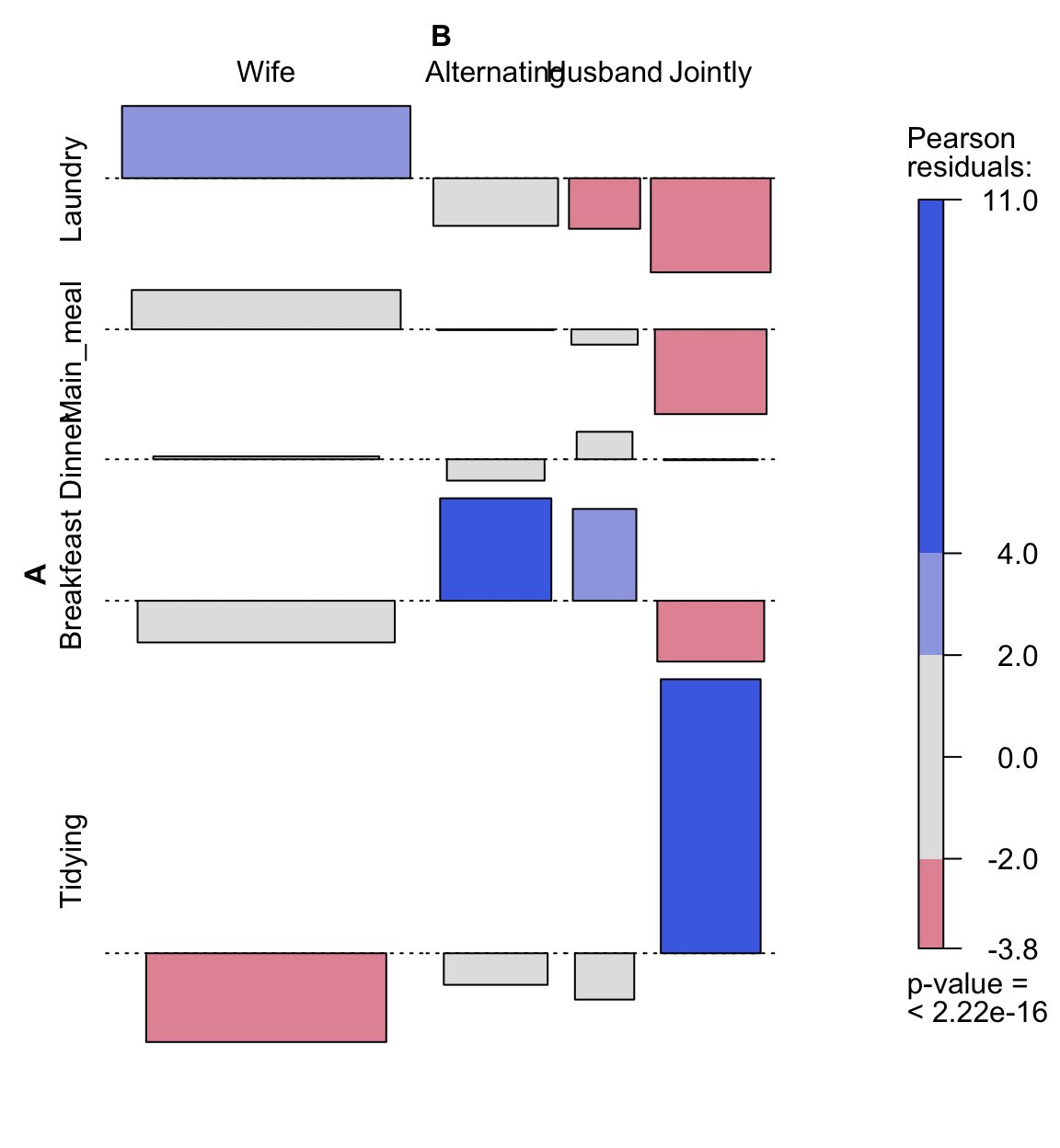
- #CONTINGENCY TABLE PROGRAM R STUDIO HOW TO#
- #CONTINGENCY TABLE PROGRAM R STUDIO INSTALL#
- #CONTINGENCY TABLE PROGRAM R STUDIO CODE#
Computing a Risk Ratio and 95% Confidence Limits When you DON'T Have a Data Set Here we are only interested in the odds ratio and its 95% confidence interval.
#CONTINGENCY TABLE PROGRAM R STUDIO HOW TO#
Type browseVignettes(package = 'epiR') to learn how to use epiR for applied epidemiological analyses Type help(epi.about) for summary information This asks R to use the data object called "TAB" and to analyze it as counts in a cohort study and compute the 95% confidence interval for the risk ratio. I then print TAB to verify the counts, then call up the epiR package, and then give the command In the example below, I use a data set from the Framingham Heart Study to create a table called "TAB" that summarizes the occurrence of being hospitalized for a myocardial infarction (hospmi) for diabetics and non-diabetics. Here is an example of its use in calculating a risk ratio, the 95% confidence interval for the risk ratio, the risk difference, and the attributable fraction.

Then, to use the program, you must load it into your script.
#CONTINGENCY TABLE PROGRAM R STUDIO INSTALL#
Then click on the Install button, and wait a few seconds while the package is installed.

In the window that opens, enter epiR as shown below. To do the one time installation, go to the lower right window and click on the Packages tab and then on the Install tab. Like the epi.tools package, it must be installed once, and then it must be loaded into each script in which it is used. Another package that is useful for risk ratios and odds ratios is the epiR package. There are many extra packages for R and many alternate ways to compute things. Using the same data for illustration, I can similarly compute an odds ratio and its confidence interval using the oddsratio.wald() function: NOTE: I changed the text color to red to call it to your attention. Then, to compute the risk ratio and confidence limits, I insert the table parameters into the riskratio.wald() function:

I begin by creating a contingency table with the table() command. I have a data set from the Framingham Heart Study, and I want to compute the risk ratio for the association between type 2 diabetes ("diabetes") and risk of being hospitalized with a myocardial infarction ("hospmi"). Warning message: package 'epitools' was built under R version 3.4.2 Computing a Risk Ratio and 95% Confidence Limits from a Data Set
#CONTINGENCY TABLE PROGRAM R STUDIO CODE#
You only have to install the epitools package once, but you have to load it up each time you use it by including the following line of code in your script before the riskratio.wald command. Installing package into 'C:/Users/wlamorte/Documents/R/win-library/3.5' (as 'lib' is unspecified) trying URL '' Content type 'application/zip' length 317397 bytes (309 KB) Loading the Epitools Package When You Want to Use It R wil install the package and display the following: Go to the Console window (lower left) in R and type:īe sure to include the quotation marks around "epitools". Then, whenever you want to use the "wald" functions, you need to include a line in your script that will load the package. You need to install the Epitools package into your version of R once from the Console in R Studio.

These tools are in the " epitools" package. Note: The "base package" in R does not have this function, but R has supplemental packages that can be loaded to add additional analytical tools, including confidence intervals for RR and OR. When dealing with a case-control study, this command calculates an odds ratio and 95% confidence interval for the odds ratio and also performs a chi-squared test. Oddsatio.wald( exposure_var, outcome_var) When dealing with a cohort study or a clinical trial, this command calculates a risk ratio and 95% confidence interval for the risk ratio and also performs a chi-squared test. Riskratio.wald( exposure_var, outcome_var) Risk Ratios and Odds Ratios with 95% Confidence Interval


 0 kommentar(er)
0 kommentar(er)
